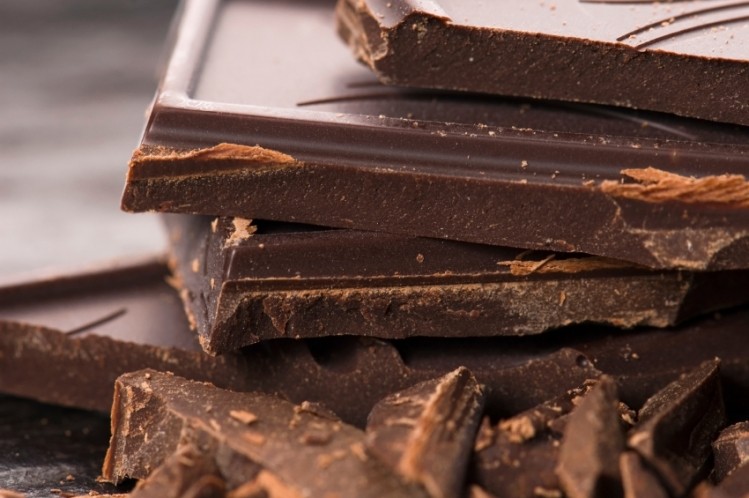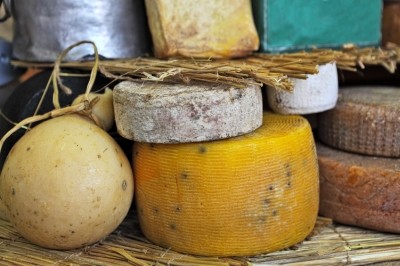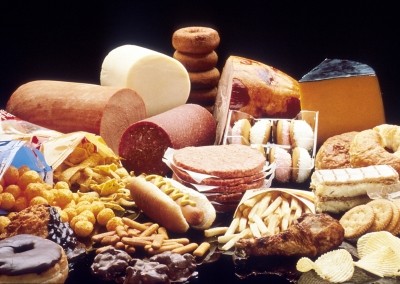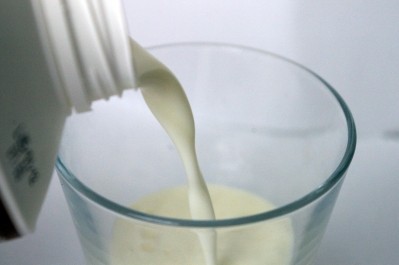Saudi chocolate market to grow 43% by 2016

This dramatic expansion will come despite growing health concerns, and will primarily be driven by younger consumers with growing disposable incomes, according to analysts. Specialist low-sugar and low-fat products will also contribute to the sector’s growth, thanks to increasing numbers of people with diabetes, as well as health-conscious consumers.
Growing diversity
The chocolate and confectionery market’s growth is also evident in the increasing size of next month’s Sweets & Snacks Middle East exhibition, which will be 42% larger than the 2013 edition. The show will also see exhibitors from Belgium, France, Singapore, Russia and Egypt for the first time in its seven-year history.
“The stellar growth of Sweets & Snacks Middle East reflects the regional confectionary sector’s enduring prosperity and our sold-out eighth edition means the event is the only regional F&B-themed trade platform to boast a client waiting list outside of our flagship Gulfood and inaugural Gulfood Manufacturing events,” said Trixie LohMirmand, senior vice president at Dubai World Trade Centre, the exhibition organiser.
Despite the growing diversity of the sweets market, the region continues to be dominated by a small number of international companies, with Mars manufacturer Master Foods taking 42% of the market by value in Saudi Arabia last year, and 35% in the UAE, according to Euromonitor. In the Emirates, Ferrero and Nestle filled the second and third spots with 15% and 14% shares respectively.
Narrowing demographics
Euromonitor noted high levels of marketing activity by the major manufacturers, along with product innovation and “limited edition” launches. The research firm suggested this was aimed at keeping young adult consumers, aged between 18 and 24, engaged with confectionery brands, which may be losing ground among other demographics.
“Chocolate confectionery is expected to continue benefitting from growing demand, which will be spurred by the rapidly growing young population. Although there is an overall increase in health awareness among the general public, the target consumers of this product are the young population, who are less concerned about general well-being,” said the Euromonitor report on Saudi Arabia’s confectionery market.
“Nevertheless, chocolate confectionery is expected to split further into two groups: The traditional consumers who are regular chocolate eaters and a calorie-conscious group, which will include the consumers who want to enjoy the indulgence of chocolate without feeling guilty about the fat and sugar content. This will lead the manufacturers to focus on new product development with health positioning, along with traditional offerings, in order to cater to this new market,” the report added.


















